5 Things to Do in Little Tokyo, California
Never been before? We’ll be your trustee Little Tokyo guide with a day’s worth of fun things to do in Little Tokyo.
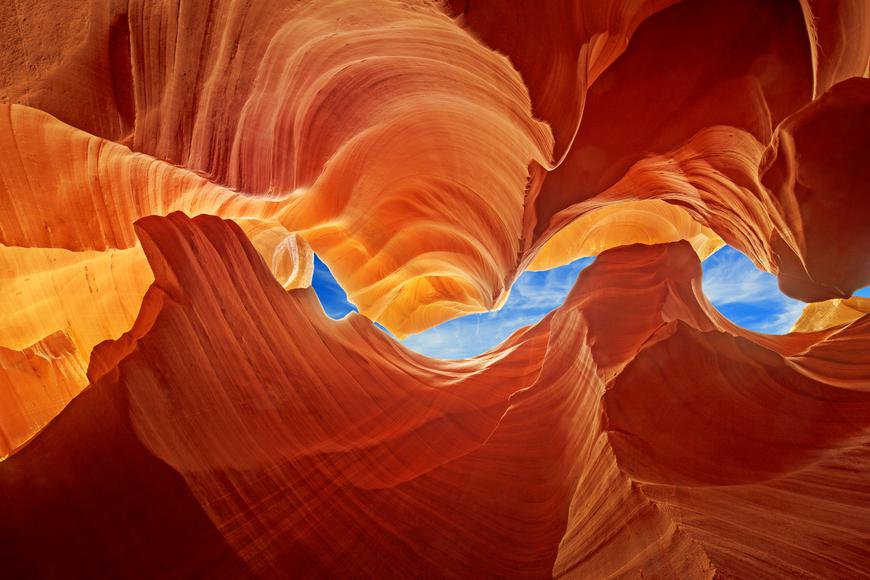
The West Coast is home to the world’s most dramatic geological features like sandstone arches, towering boulders, and slot canyons.
It all starts with a simple crack in the ground. Add a few million years and that crack winds deep into the earth, opening up a narrow path—that, my friend, is a slot canyon. These narrow, tall channels of solid rock make for amazing day hikes in the Golden State. Why, you ask? Well, the answer is pretty obvious; the West Coast is home to the world’s most dramatic geological features like sandstone arches, towering boulders, and natural bridges. And if you want to find the best slot canyons in San Diego, Palm Springs, and beyond, all you have to do is follow our guide.
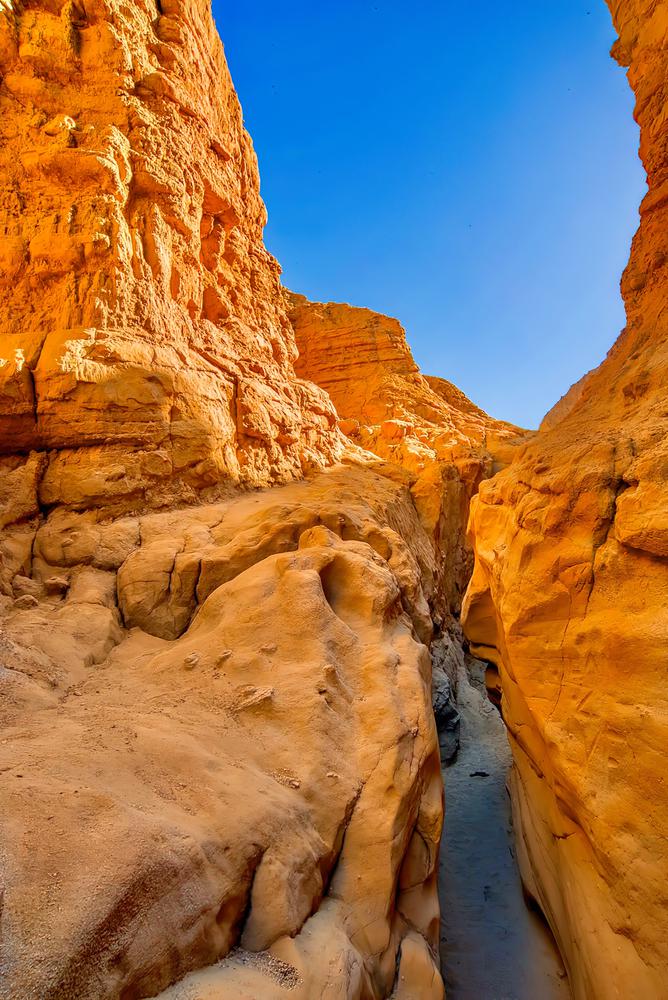
Think you’ve seen all the weird art in California’s desert? The Slot might beg to differ. The easy, walk-through narrow siltstone canyon resembles a relief sculpture created by Mother Nature, which is why hiking here is a must-do in the desert.
This slot canyon in San Diego County is located southeast of Borrego Springs—a drive to the Slot is accessible by most vehicles. And while the canyon’s entry point isn’t super easy to find, you’ll find a number of footprints descending 20 feet into the crevice. Follow those and you’ll see the canyon narrowing immediately as you squeeze your way through the mesmerizing siltstone passageway.
If you’re thinking of the best time to visit, late morning to early afternoon is your best bet—the pink and tan siltstone becomes highly magnetizing, juxtaposed against the bright blue sky above. When you’re going on this slot canyon hike in San Diego, you’ll pass under a gravity-defying natural bridge and encounter plenty of photo ops worth stopping for.

Does your business rank among the best in California?
nominate a businessLearn more about our selection criteria and vetting process.
Among the stellar hikes at Anza Borrego Desert State Park, there are a few that really make you feel like Indiana Jones. Ranging from V-shaped valleys at mountain edges to rock washes in desert areas, these canyons are the perfect addition to the desert terrain bound to leave you with a lasting impression. If you’re worried that they’re too shallow (which is usually the case), try to locate the layered sand—this is where slot canyons await.
Going as deep as 100 feet, this slot canyon in Borrego Springs is dotted with weathered and pale rocks; you’ll really feel like an archeologist en route to your next big discovery. There are also a handful of curving passages, which make the undulating badlands equal parts interesting and fun to explore.
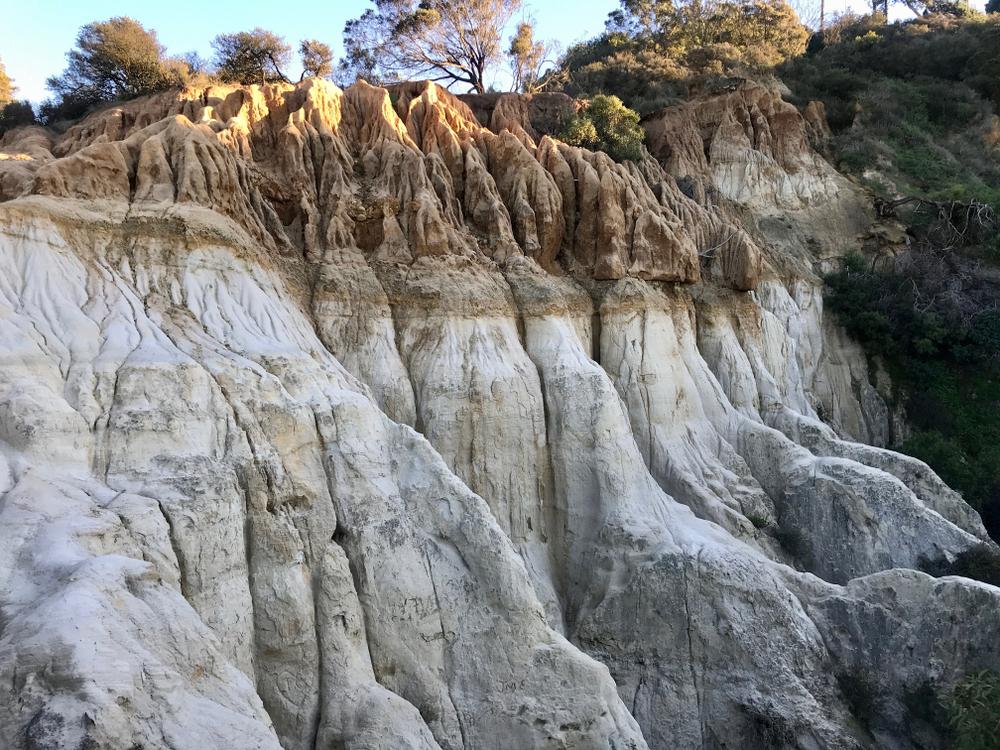
Love discovering the SoCal coastline? You’re probably a fan of sunbathing, boardwalk cruising, and mountain hiking. And while all those things are pretty entertaining, why not do something out of the ordinary and climb through the epic Annie’s Slot Canyon Trail? Visiting one canyon is pretty, but two are ‘gorges’ (if you know what we mean).
The Annie’s Canyon Trail is located in the San Elijo Lagoon Ecological Reserve and Nature Center, a stretch of the largest remaining coastal wetlands in San Diego County. This hike is a super fun trek that’s right by the roaring coastline. Follow in the footsteps of Annie, the woman the trail is named after, and relish in all the natural wonders this 100-acre wetland has to offer. There are over 1,000 species of plants, several animal photo sightings, and, of course, the renowned slot canyon.
Starting off wide and narrowing as you continue inward, this slot canyon hike is among the best and most rewarding in the area. You might have to rough it out and squeeze into the walls at first, but everything becomes smoother as you advance. A little further inward, you’ll find a ladder and a breath of fresh air awaiting at the top. This is also where the best views are—you can see all the way across the wetlands to the Pacific.
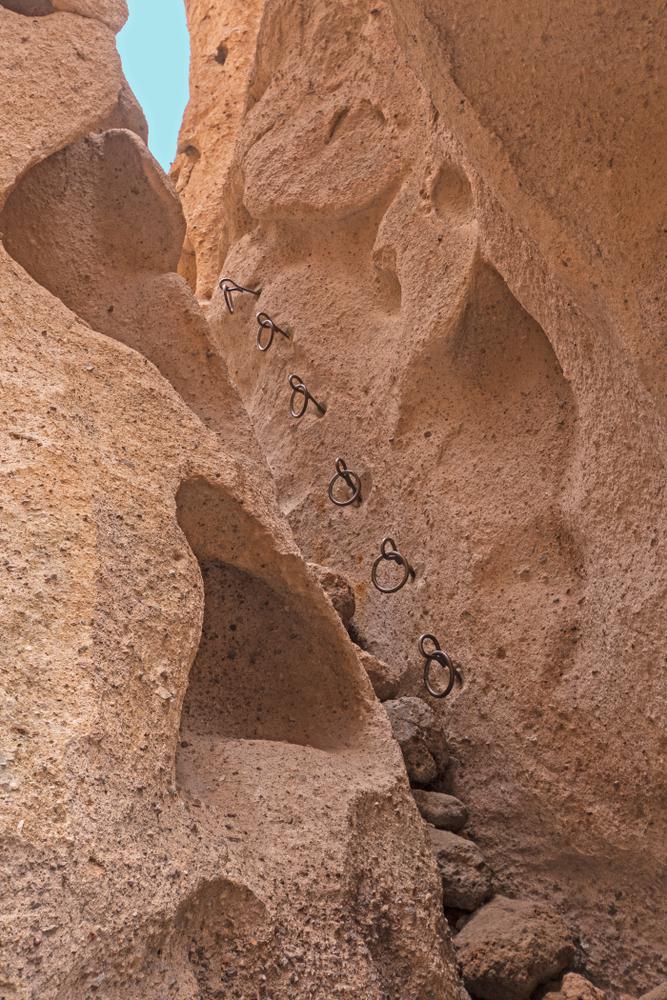
The attractions at Mojave National Preserve are like a choose-your-own-adventure series, but one thing that stands out here is hiking the Rings Trail—this is the most popular hike that starts from the Hole-in-the-Wall campground. The trail is quite unusual; it passes through a short slot canyon enveloped by smooth volcanic rocks, with sets of ring bolts assisting your progress. These kinds of obstacles are a seasoned hiker’s child’s play, but if you’re new to the sport, consider trekking Mojave’s dunes instead.
The slot, known as Banshee Canyon, exposes you to cliffs of different shapes and sizes. The jagged giants follow you all throughout the loop trail—a variety of desert plants and trees enhance your experience. The serenity bestowed upon you as you hike this trail is hard to beat; if it’s windy enough, you just might hear the screams of Banshee Canyon.
Most of the canyons in Death Valley National Park are carved into the steep, metamorphic rocks, meaning they’re practically inaccessible. Among the exceptions to that rule is Grotto Canyon, falling very close to Highway 190 and featuring a well-known and recognized trail. Grotto Canyon is, by far, the most beautiful compared to its counterparts, with graceful narrow sections enveloped by polished, greyish-blue rocks.
Smooth floodwaters flow through the enchanting passages, reaching their end beneath the dry falls. As you’re making your way through, the walls tower above you, sometimes almost closing overhead. But you shouldn’t stop being impressed—grottos as tall as 40 feet will appear shortly to take your breath away.
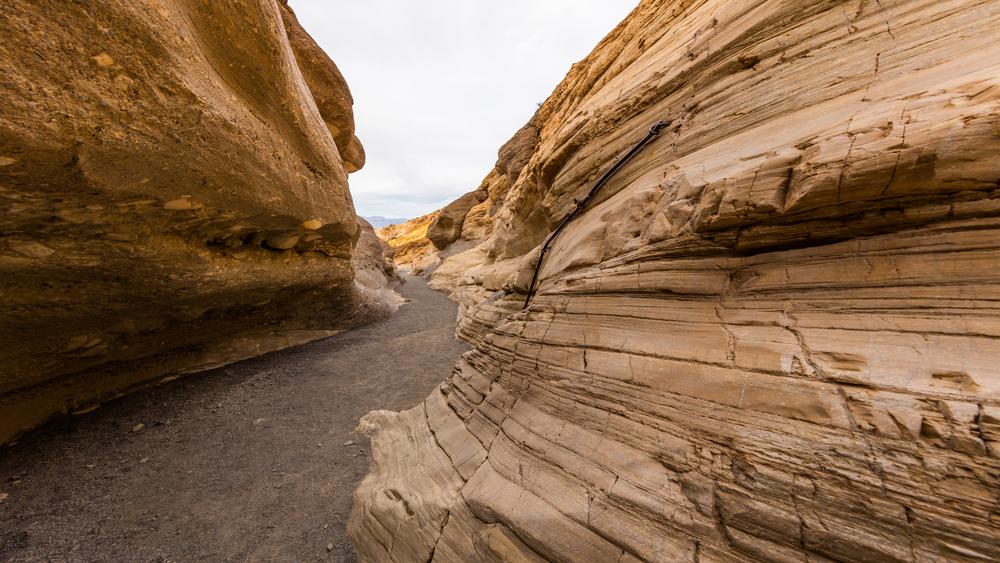
Second in line of Death Valley’s slot canyons, Mosaic is a short and easy walk to the lower end of the national park. The journey is narrow, surrounded by pretty, multi-colored rocks, and enclosed by bigger marbleized formations. You start trekking from the parking lot, and soon enough, you’re walking among scalloped, wavy rocks smoothened from centuries of flash floods.
If you’re an avid hiker, there’s just enough scrambling and navigating through obstacles to keep things interesting. The slot canyon narrows and widens several times throughout the hike—the views are always changing along the way.
Since this is one of the more popular hikes in Death Valley, prepare to share the space with others. Mosaic Canyon is ideal for a great morning hike, so be the early bird and catch the worm.
West of Grotto and Mosaic—two of the most visited slot canyons after the one in Borrego Springs—lies Stretched Pebble Canyon. It may be the road less traveled, but it’s simply stunning. The “stretched pebbles” in the canyon’s name are a geological phenomenon. They’re rocks and boulders squashed flat under the forces of heat and pressure but appear unchanged.
As ravines grow shallower north of the Tucki Mountains, dry falls and enclosed passages await your exploration. You’ll find that the stretched pebbles line the canyon walls everywhere, even providing footholds and handholds when climbing some of the easier pour-overs. Since the canyon climbs are quite steep (dry falls up to 20 feet high), we suspect you might need to brush up on those bouldering skills.
The oddly gray, pyramid-shaped hills of Stretched Pebble Canyon are dotted with creosote bush, desert holly, and pygmy cedar. Fun fact—pygmy cedar doesn’t really thrive in similar terrain but seems to be growing quite happily here.


Never been before? We’ll be your trustee Little Tokyo guide with a day’s worth of fun things to do in Little Tokyo.
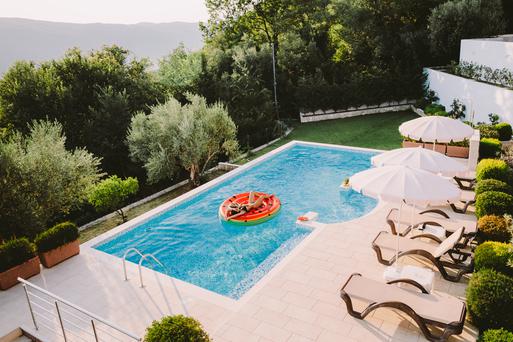
People go on Memorial Day weekend getaways as an indirect celebration of life. How do you plan on celebrating the long weekend?
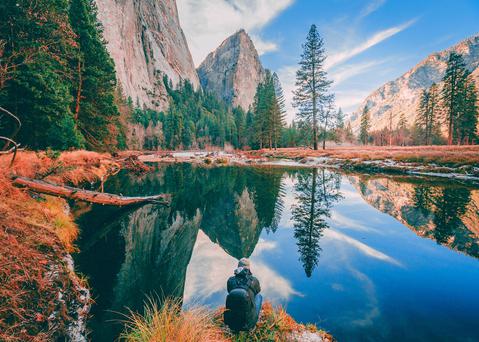
From undulating mountains, to coastal expanses, to verdant forests, here are some of the top spots for backpacking in California.
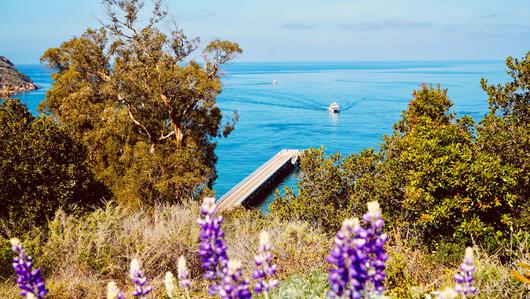
Settled off the California coast, the Channel Islands offer endless adventures. Here are the best things to do and how to get there.

